For US Healthcare Professionals
Primary Hyperoxaluria
A genetic disorder in which kidney stones give reason to investigate further
A genetic disorder in which kidney stones give reason to investigate further
Diagnosis for genetic kidney stone disease, including primary hyperoxaluria (PH)
One or more of the following signs or symptoms could be a key indicator of a genetic kidney stone disease, including primary hyperoxaluria (PH).1-7
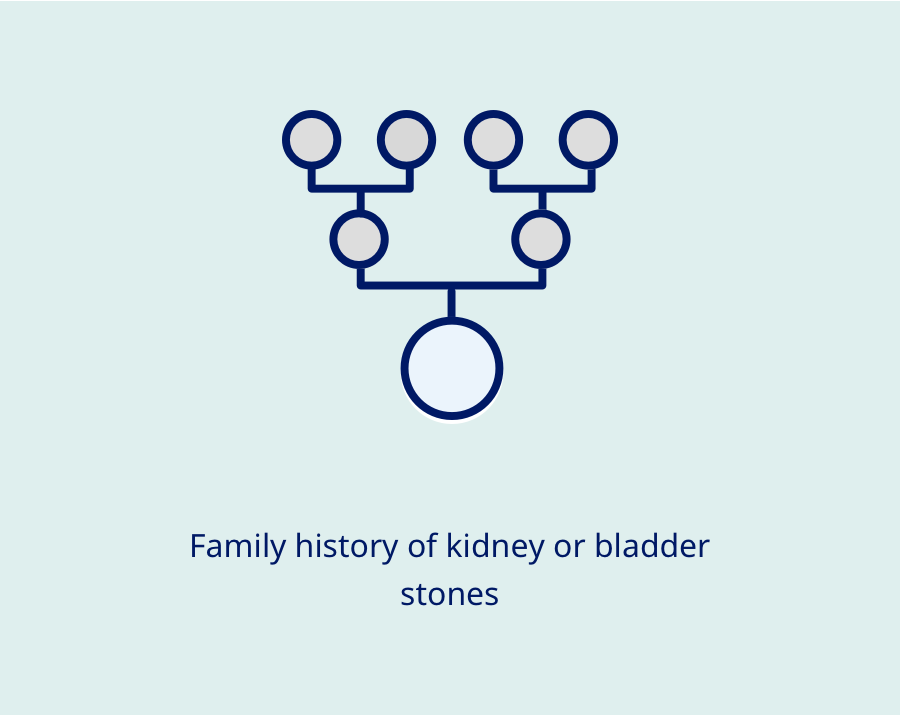

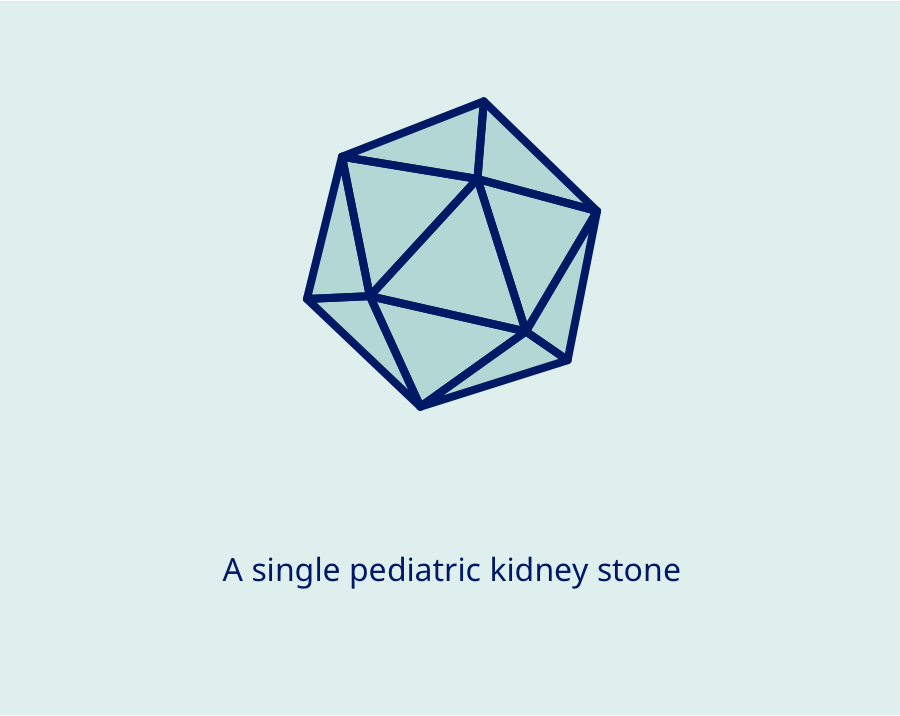

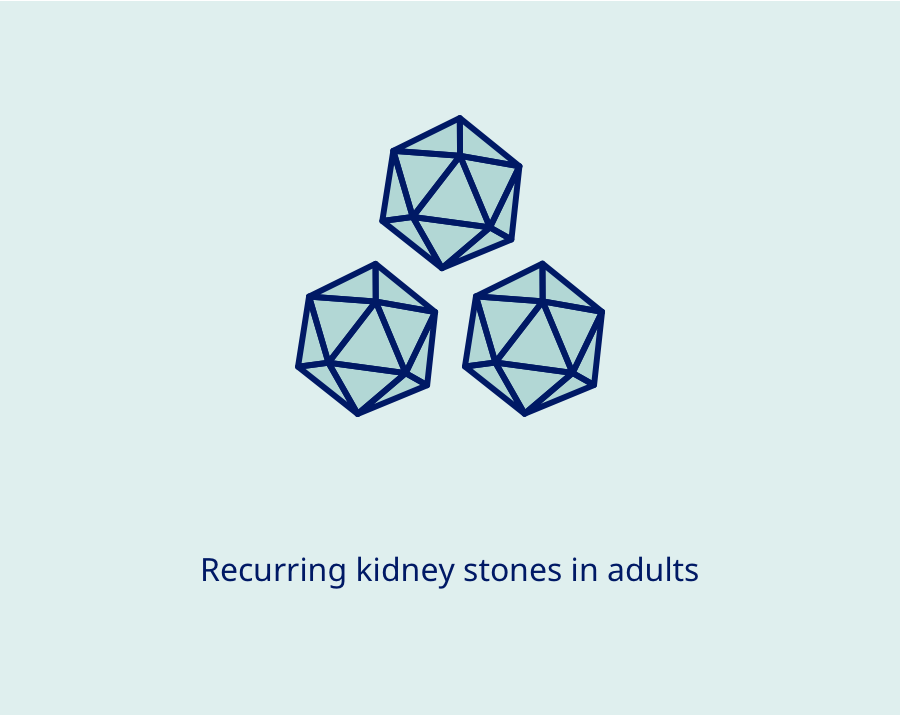

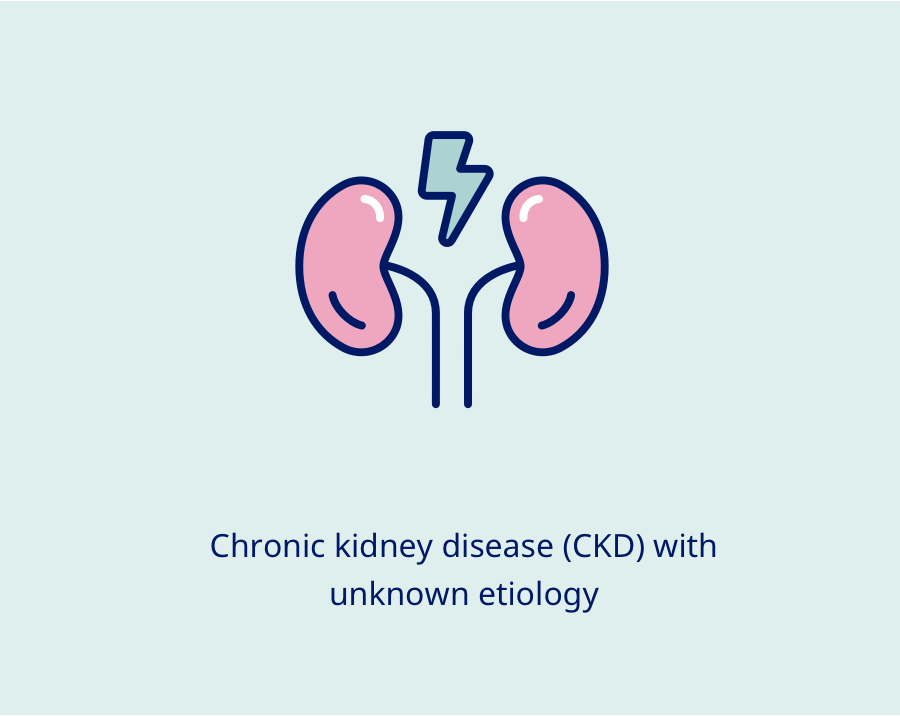

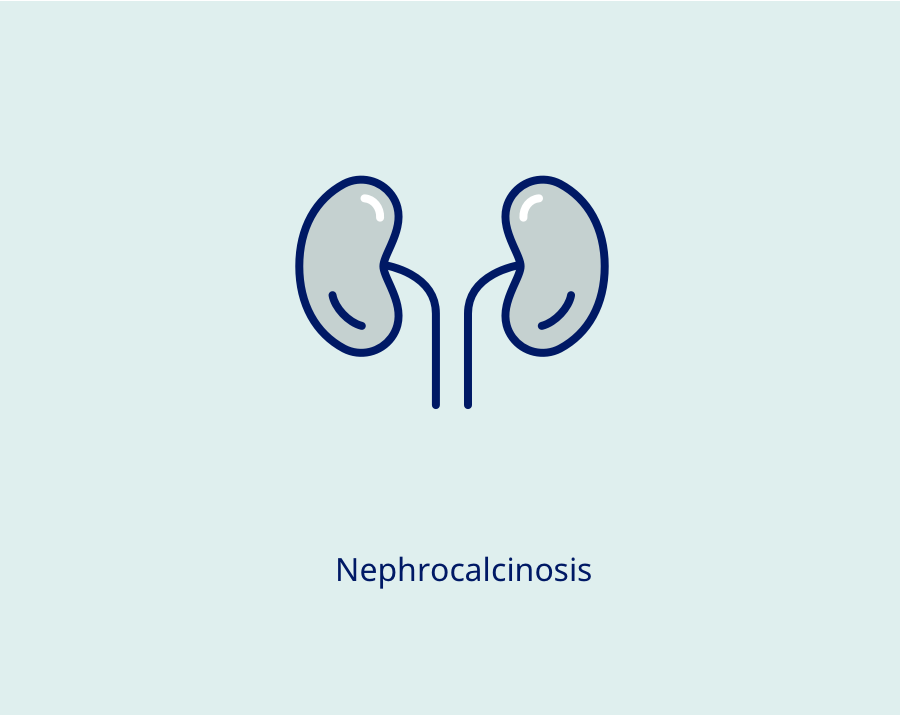

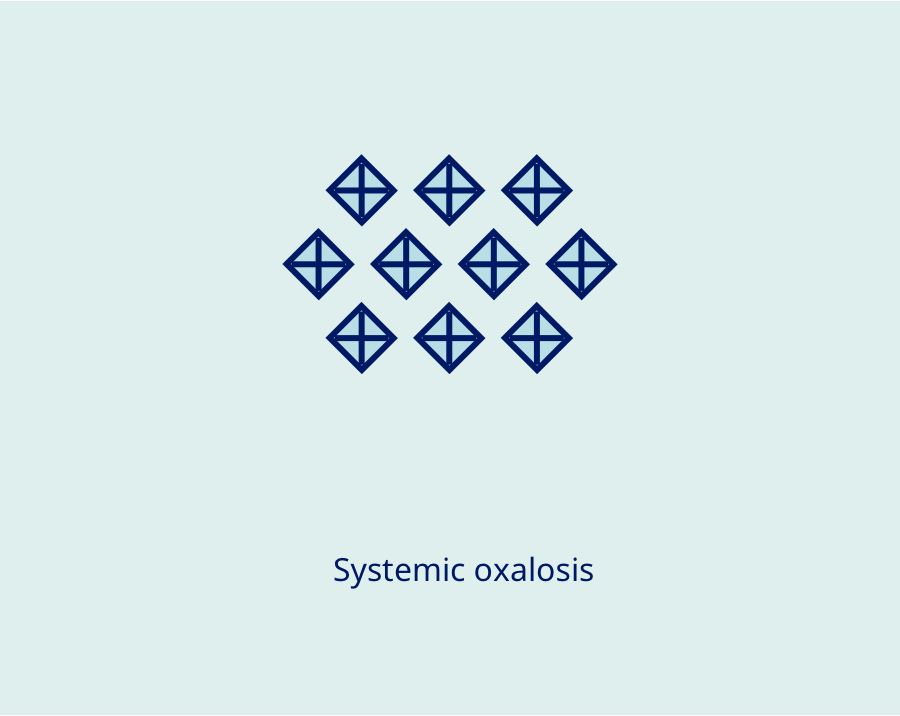

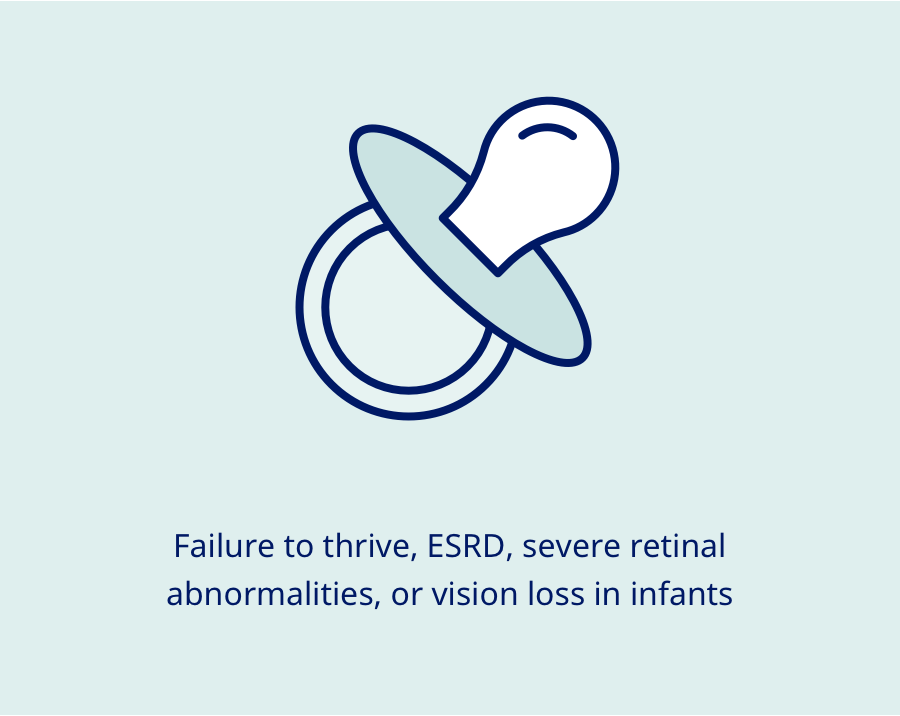

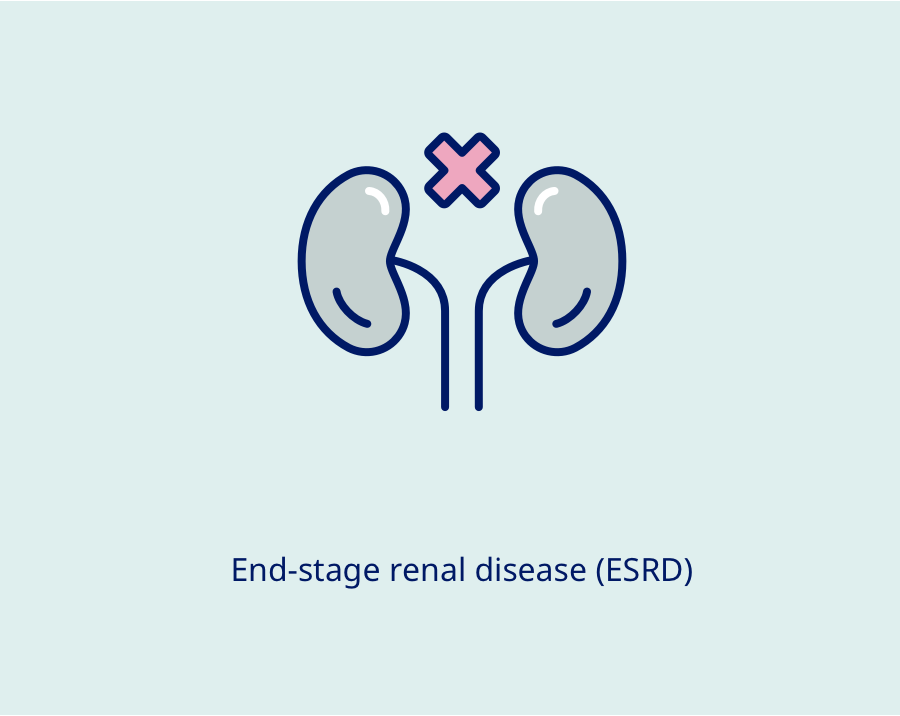


Understanding primary hyperoxaluria
PH is a family of rare genetic disorders causing hepatic oxalate overproduction that can result in kidney damage and in some cases life-threatening systemic disease. Although PH Type 1 (PH1) is the most well known, all PH subtypes are likely underdiagnosed.8,9
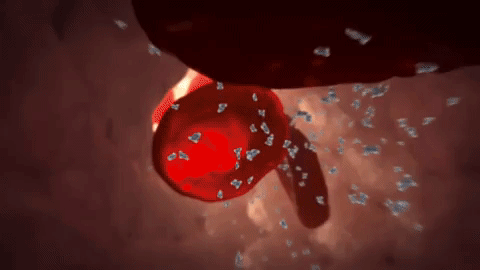
Mechanism of disease
Although PH primarily manifests as a kidney disease, it originates with an enzyme deficiency in the liver. This enzyme deficiency results in a buildup of glyoxylate, which is converted to excessive amounts of oxalate by hepatic LDH.8,10

Diagnosis
In a study, approximately 15% of patients with early-onset kidney stones or recurrent kidney stones have a causative monogenic condition. Gene-specific analysis can be pivotal for accurate diagnosis.11

Managing primary hyperoxaluria
PH1, PH2, and PH3 are all linked to kidney stones and burdensome stone removal procedures, with 70% of patients requiring one or more urologic procedures during their lifetime. In more advanced cases, PH patients may require frequent dialysis and a dual liver-kidney transplant.8,12-22
Stay connected
Be up to date with the latest news and information about primary hyperoxaluria.
References
- Edvardsson VO et al. Hereditary causes of kidney stones and chronic kidney disease. Pediatr Nephrol. 2013;28(10):1923-1942.
- Bhasin B et al. Primary and secondary hyperoxaluria: understanding the enigma. World J Nephrol. 2015;4(2):235-244.
- Harambat J et al. Genotype-phenotype correlation in primary hyperoxaluria type 1: the p.Gly170Arg AGXT mutation is associated with a better outcome. Kidney Int. 2010;77(5):443-449.
- van Woerden CS et al. Primary hyperoxaluria type 1 in The Netherlands: prevalence and outcome. Nephrol Dial Transplant. 2003;18(2):273-279.
- Frishberg Y et al. Intra-familial clinical heterogeneity: absence of genotype-phenotype correlation in primary hyperoxaluria type 1 in Israel. Am J Nephrol. 2005;25(3):269-275.
- Birtel J et al. The Ocular Phenotype in Primary Hyperoxaluria Type 1. Am J Ophthalmol. 2019;206:184-191.
- Mandrile G et al. Data from a large European study indicate that the outcome of primary hyperoxaluria type 1 correlates with the AGXT mutation type. Kidney Int. 2014;86(6):1197-1204.
- Cochat P, Rumsby G. Primary hyperoxaluria. N Engl J Med. 2013;369(7):649-658.
- Hopp K et al. Phenotype-genotype correlations and estimated carrier frequencies of primary hyperoxaluria. J Am Soc Nephrol. 2015;26(10):2559-2570.
- Lai C et al. Specific inhibition of hepatic lactate dehydrogenase reduces oxalate production in mouse models of primary hyperoxaluria. Mol Ther. 2018;26(8):1983-1995.
- Halbritter J, Seidel A, Müller L, et al. Update on hereditary kidney stone disease and introduction of a new clinical patient registry in Germany. Front Pediatr. 2018;6:47. doi: 10.3389/fped.2018.00047
- Tang X et al. Nephrocalcinosis is a risk factor for kidney failure in primary hyperoxaluria. Kidney Int. 2015;87(3):623-631.
- Milliner DS et al. Phenotypic expression of primary hyperoxaluria: comparative features of types I and II. Kidney Int. 2001;59(1):31-36.
- Takayama T et al. Ethnic differences in GRHPR mutations in patients with primary hyperoxaluria type 2. Clin Genet. 2014;86(4):342-348.
- Johnson SA et al. Primary hyperoxaluria type 2 in children. Pediatr Nephrol. 2002;17(8):597-601.
- Garrelfs SF et al. Patients with primary hyperoxaluria type 2 have significant morbidity and require careful follow-up. Kidney Int. 2019;96(6):1389-1399.
- Fang X et al. Nine novel HOGA1 gene mutations identified in primary hyperoxaluria type 3 and distinct clinical and biochemical characteristics in Chinese children. Pediatr Nephrol. 2019;34(10):1785-1790.
- Williams EL et al. The enzyme 4-hydroxy-2-oxoglutarate aldolase is deficient in primary hyperoxaluria type 3. Nephrol Dial Transplant. 2012;27(8):3191-3195.
- Allard L et al. Renal function can be impaired in children with primary hyperoxaluria type 3. Pediatr Nephrol. 2015;30(10):1807-1813.
- Monico CG et al. Primary hyperoxaluria type III gene HOGA1 (formerly DHDPSL) as a possible risk factor for idiopathic calcium oxalate urolithiasis. Clin J Am Soc Nephrol. 2011;6(9):2289-2295.
- Danese D et al. Understanding the burden of primary hyperoxaluria type 1 (PH1): a survey of physician experiences with PH1. Poster presented at: IPNA 18th Congress; October 17-21, 2019; Venice, Italy.
- Wang W et al. Mutation hot spot region in the hoga1 gene associated with primary hyperoxaluria type 3 in the Chinese population. Kidney Blood Press Res. 2019;44(4):743-753.

